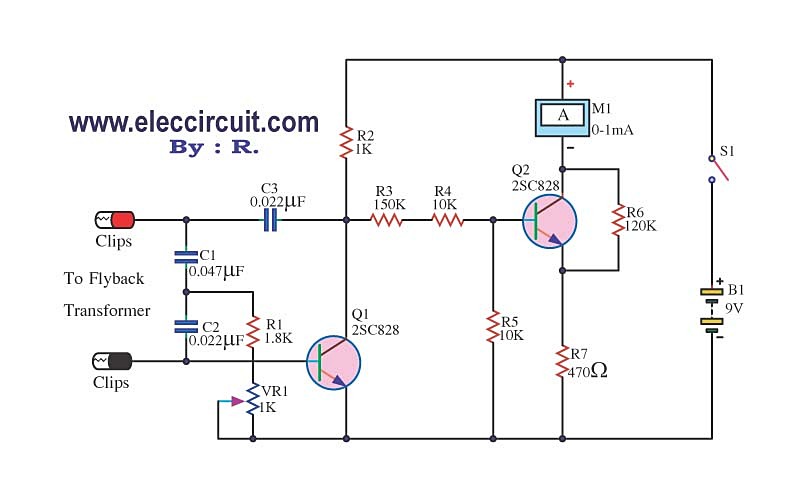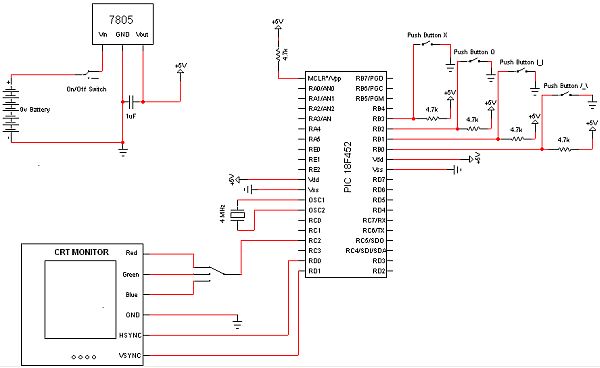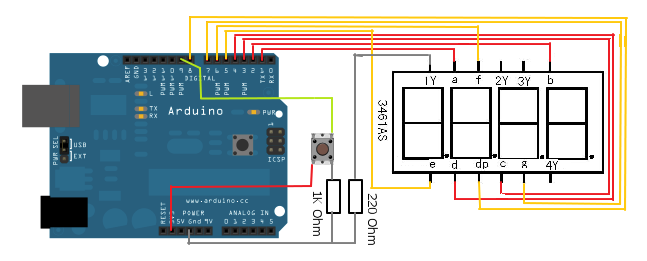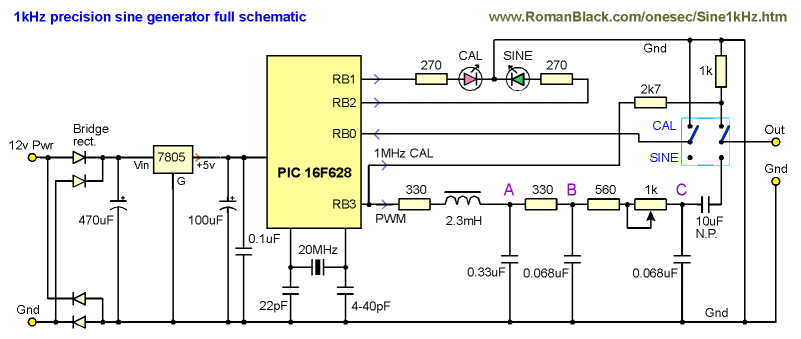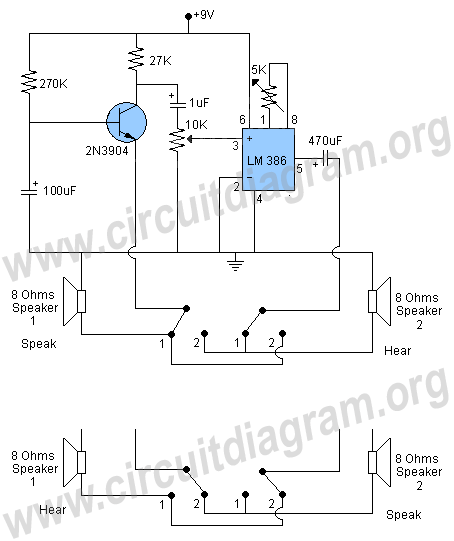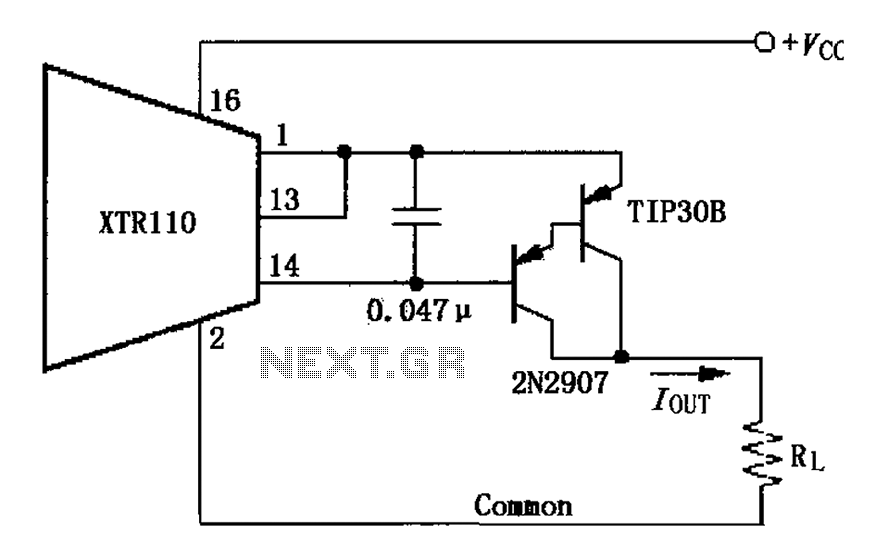
Configuring and using XBEE wireless modules
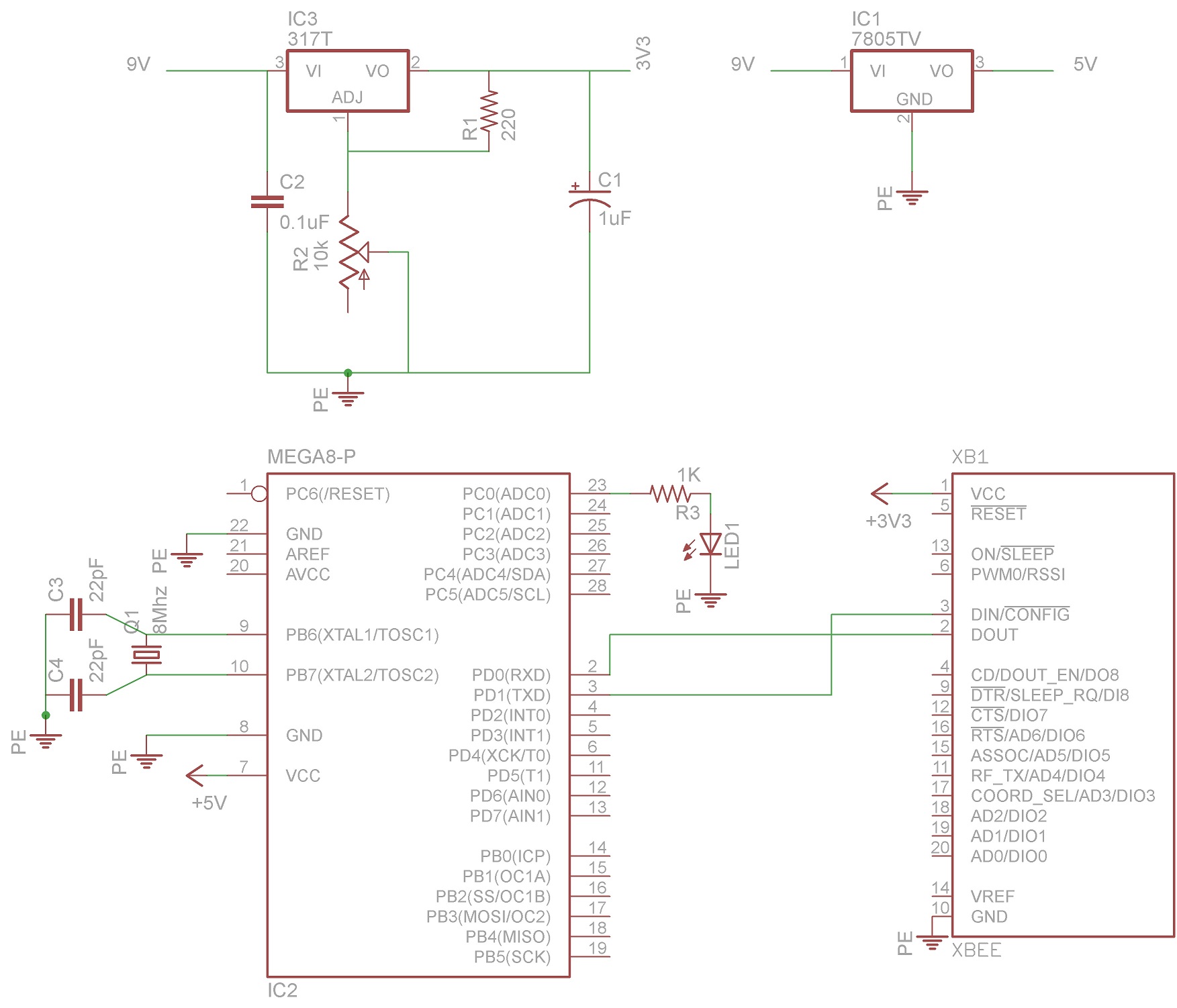
XBee modules are among the most powerful wireless communication modules available, known for their ease of configuration and use. Their cost ranges from Rs.1000 to Rs.2500, depending on the range and other specifications. It is common for users to purchase these modules without accompanying breakout boards or to forget to do so.
XBee modules utilize the IEEE 802.15.4 standard for low-power, low-data-rate wireless communication. They are designed for point-to-point and point-to-multipoint networks, making them suitable for applications such as remote monitoring, home automation, and industrial control systems. The modules can operate in various frequency bands, including 2.4 GHz and sub-GHz frequencies, providing flexibility based on the required range and environmental conditions.
To effectively utilize XBee modules, it is essential to incorporate a breakout board, which facilitates easy connections to microcontrollers or other circuitry. The breakout board typically includes necessary components such as voltage regulators, capacitors, and connectors, streamlining the integration process. The modules can be configured using X-CTU software, which allows for setting parameters such as network ID, channel selection, and transmission power.
When designing a schematic involving XBee modules, it is crucial to consider power supply requirements. The modules generally operate at 3.3V, and care must be taken to ensure that the voltage levels are compatible with the microcontroller being used. Additionally, the antenna selection can significantly impact the communication range; therefore, choosing an appropriate antenna based on the application’s needs is vital.
The integration of XBee modules into a circuit allows for the creation of robust wireless networks capable of supporting multiple devices. Proper layout and component selection will enhance the performance and reliability of the wireless communication system.Xbees are some of the most powerful wireless modules you can find and they are also very easy to configure and use. The only thing is they cost about Rs.1000 to Rs.2500 depending on the range and other parameters. If you are like me and only bought the modules without the breakout boards or forgot. 🔗 External reference
XBee modules utilize the IEEE 802.15.4 standard for low-power, low-data-rate wireless communication. They are designed for point-to-point and point-to-multipoint networks, making them suitable for applications such as remote monitoring, home automation, and industrial control systems. The modules can operate in various frequency bands, including 2.4 GHz and sub-GHz frequencies, providing flexibility based on the required range and environmental conditions.
To effectively utilize XBee modules, it is essential to incorporate a breakout board, which facilitates easy connections to microcontrollers or other circuitry. The breakout board typically includes necessary components such as voltage regulators, capacitors, and connectors, streamlining the integration process. The modules can be configured using X-CTU software, which allows for setting parameters such as network ID, channel selection, and transmission power.
When designing a schematic involving XBee modules, it is crucial to consider power supply requirements. The modules generally operate at 3.3V, and care must be taken to ensure that the voltage levels are compatible with the microcontroller being used. Additionally, the antenna selection can significantly impact the communication range; therefore, choosing an appropriate antenna based on the application’s needs is vital.
The integration of XBee modules into a circuit allows for the creation of robust wireless networks capable of supporting multiple devices. Proper layout and component selection will enhance the performance and reliability of the wireless communication system.Xbees are some of the most powerful wireless modules you can find and they are also very easy to configure and use. The only thing is they cost about Rs.1000 to Rs.2500 depending on the range and other parameters. If you are like me and only bought the modules without the breakout boards or forgot. 🔗 External reference
